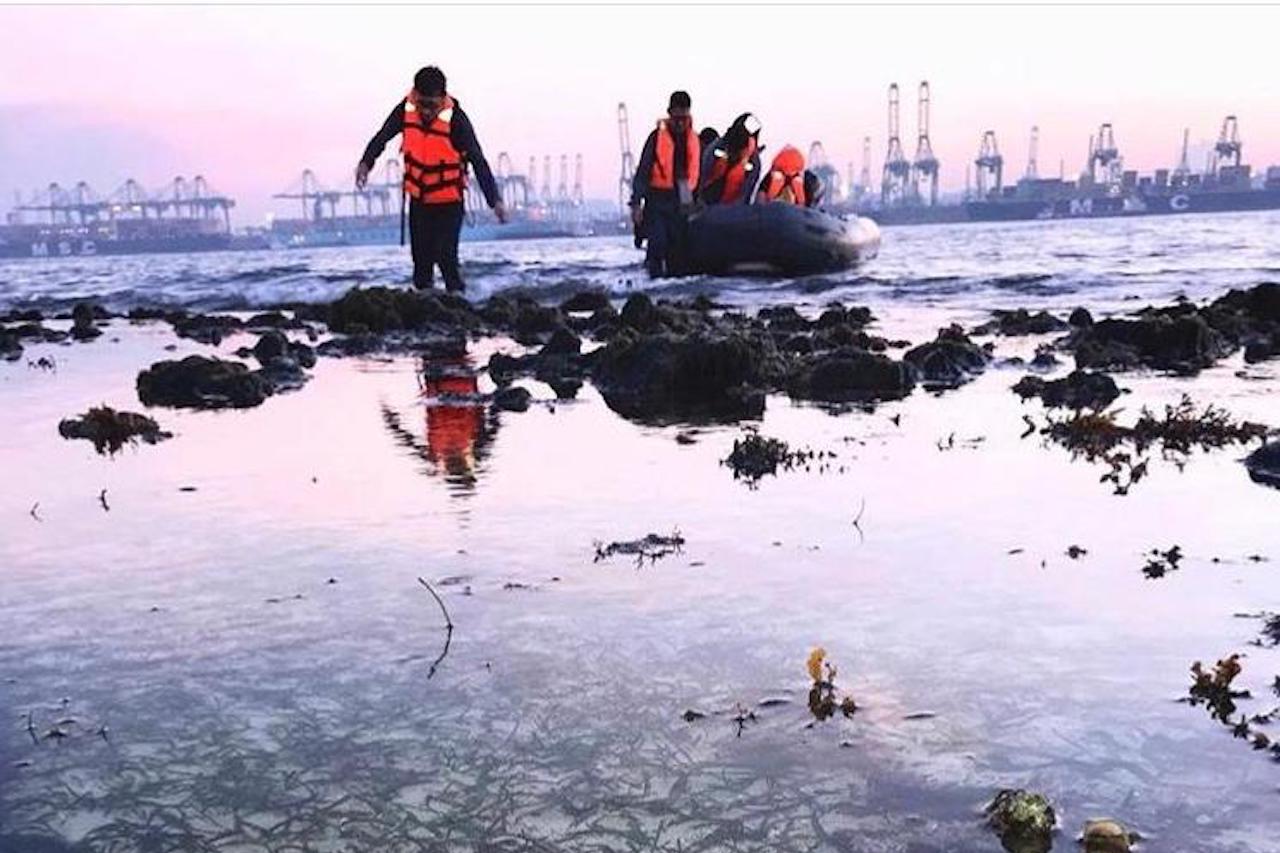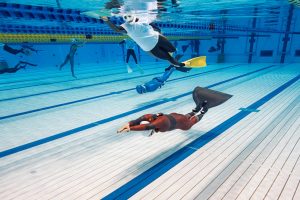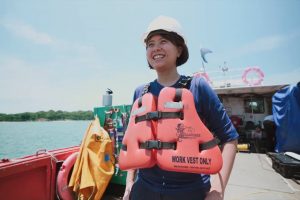Learning to dive reveals a paradox.
Firstly, diving is a conscious exercise in feeling small. In the face of a relentless and ruthless sea that takes as quickly as it gives, the open waters remind us of forces larger than ourselves, like climate change and man-made environmental effects.
For instance, after I got my license in July last year, friends told me not to dive in Singapore because our water visibility apparently sucks. It’s a common refrain I’ve heard about our waters—and it doesn’t seem to be something an individual diver can control. The best bet, I was told, is simply to avoid our local dive sites.
Still, I wanted to know why. After all, I reasoned, if I were to continue diving, it would be more efficient to practise my skills locally.
“It’s sad that I know local sites where I can definitely dive, yet have zero inclination to visit.”
It takes me some time to find divers from the older generation who are familiar with the changing state of our local dive sites, but when I approach Andrew Choo, he’s immediately candid with his experience in our waters. The 49-year-old, who used to dive in Singapore, tells me about the dangers of diving in our local murky waters.
According to him, we merely need to snorkel to observe a layer of oil on our skin, caused by the oily discharge of passing ships and boats.
In the past, Andrew adds, there was already “not much life”, but there have been an increasing amount of dead corals than live ones in recent times. It’s also more difficult to spot creatures like mudskippers.
“Even in protected areas like Chek Jawa, the biodiversity is dwindling because of polluted waters. So you can imagine the state of non-protected areas,” he states.
Another older diver, Edward Chiang, has been diving since 2011, though he’s never done it in Singapore. The 56-year-old didn’t want to after viewing online videos of our murky waters.
Edward explains that it’s easy to panic if you’re unable to see clearly the waters that you jump into. In particular, when novice divers panic, they tend to kick their fins hard and occasionally even break off the corals with their excessive finning.
Recalling his own experience diving overseas, he shares, “It didn’t impress upon me how much damage I’d done when I first started diving. But after observing the coral and fish over several dives, I realised how much they depend on each other and started actively looking out for marine life.”
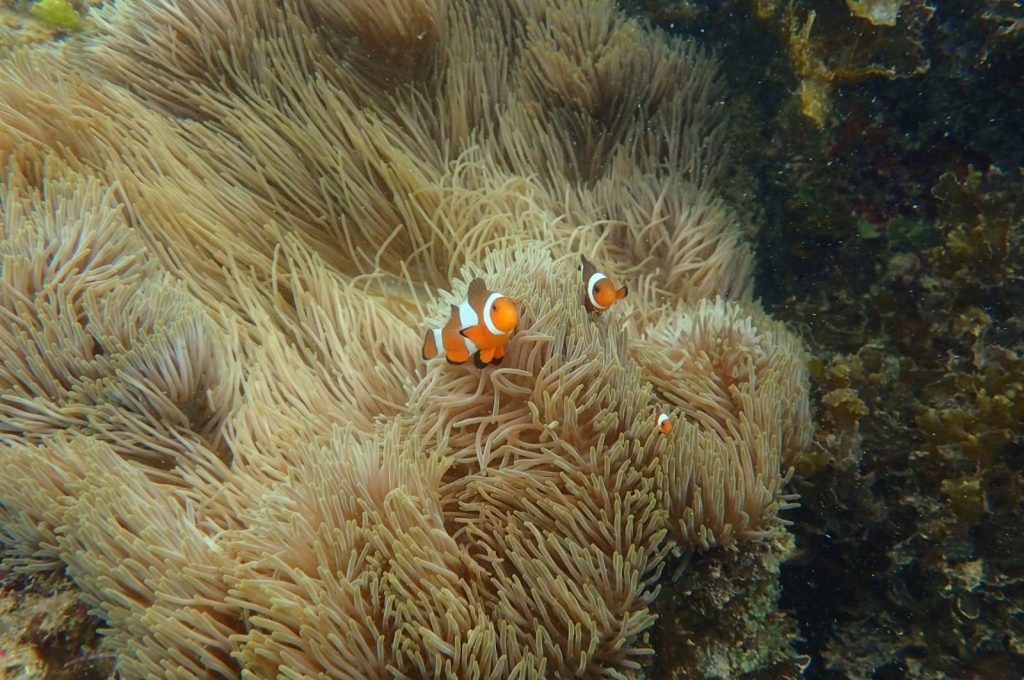
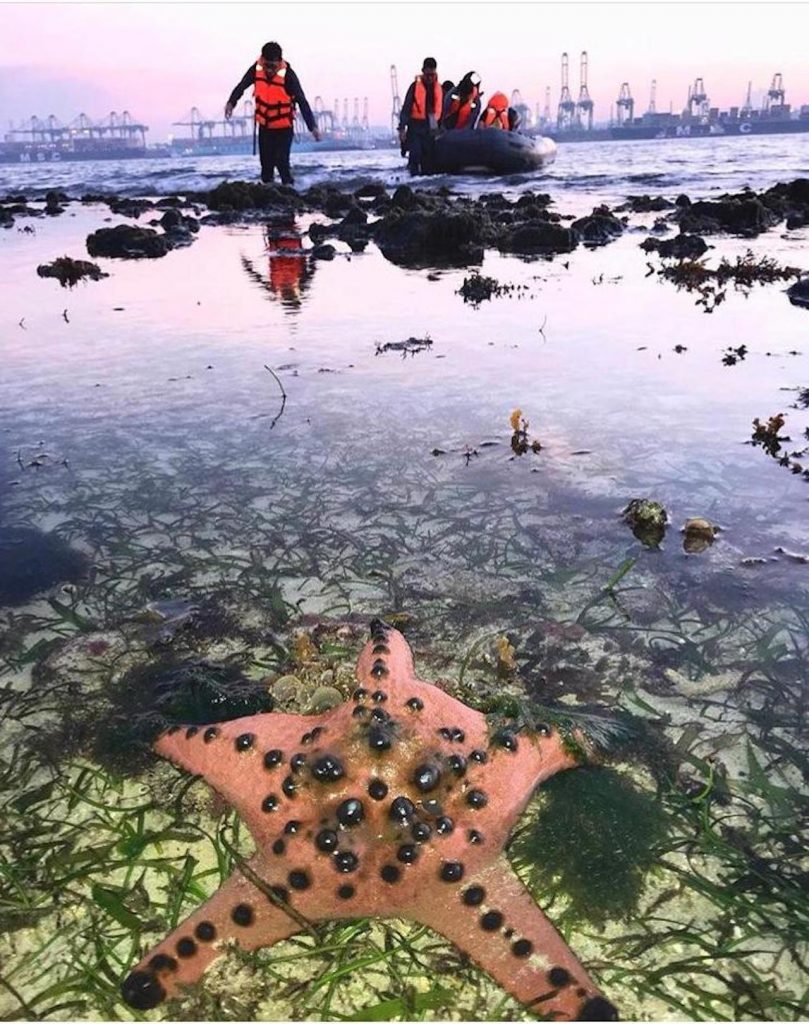
Diving allows the 26-year-old to encounter new marine biodiversity and underwater habitats, such as seagrass, coral reefs, and sandy beds. Local dive sites admittedly also provide a convenient, therapeutic getaway from city life.
Abel confirms the perception that Edward, Andrew, and many other divers have of our waters. This includes heavy sediment that depletes marine biodiversity, heavy boat traffic, strong currents, land reclamation, artificial structures such as breakwaters, pavilions, and jetties that may be non-biophilic in design, and negligible coverage of marine conservation in the media.
Abel explains, “Corals are more scarce and spaced out. Some reefs have been damaged so extensively that it would take many years to recover to what they used to be. There’s also a shift in inhabitants, which can reduce other populations if not provided the right environment or conditions.”
According to him, our coral reefs are subject to rising water temperatures with mass bleaching events happening every few years. Even though they have grown resilient to warmer waters, long term exposure to rising temperatures still results in future repercussions.
Additionally, ocean acidification and hyper-nitrification from landscaping also reduce coral growth. In layman terms, ocean acidification is linked to an increase in carbon dioxide, while hyper-nitrification is related to nitrous oxide; both processes affect global warming due to greenhouse gases.
After my first dive, I remember feeling impossibly overwhelmed by the vastness of a world I’d never witnessed up close before. Now, after Edward, Andrew, and Abel passionately detail the extent of damage on our waters and marine biodiversity, I feel the same helplessness that we are infinitesimal in the grand scheme of things.
It almost seems unfair that learning to dive would expose us to an entire dimension of staggering beauty, only to remind us it is already dying.
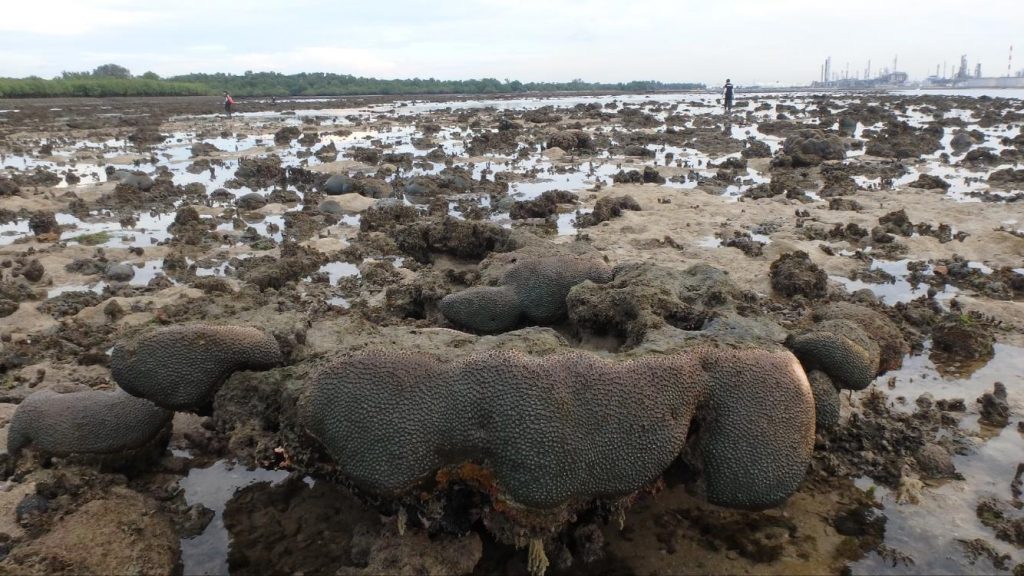
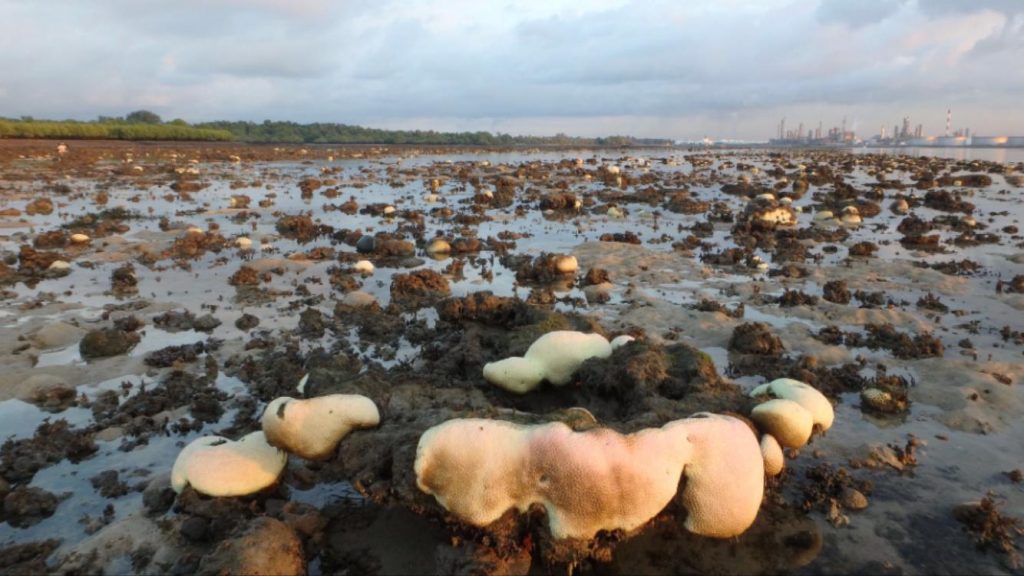
For instance, Abel recommends that those looking to protect marine biodiversity, including non-divers, can join an intertidal walk to personally observe marine biodiversity. Going on regular intertidal walks also creates a greater sense of responsibility for our waters, and helps one develop a more holistic understanding of the reef state.
In fact, one of his friends, Jianlin Liu, is so enthusiastic about intertidal walks that he floods my phone with a slew of stunning pictures of the marine biodiversity he’s observed on his walks.
He no longer dives locally because the poor water visibility proves challenging for underwater photography. Instead, he now volunteers to conduct intertidal reef surveys in Singapore. Since 2013, he has conducted about 100 surveys across 40 Singapore shores and reefs each year with other like-minded volunteers.
“We noticed that certain reefs in the South have lost a significant amount of seagrass coverage where there used to be an abundance of seagrass. There is now bare sandy patches where seagrass used to be,” he says.
“A reef in the North, known as Beting Bronok, has also slowly deteriorated over the years. Specifically, there is a gradual loss of colourful sponges (a type of marine organism) and sea fans that used to populate the reef.”
Beyond intertidal walks, coastal and forest clean-ups are also important measures to protect our marine biodiversity. Outward Bound Singapore cultivates environmental stewardship in Pulau Ubin and Singapore through Project IsLand-A-Hand, designed by youth for volunteers who are passionate about nature or keen to give back to Mother Nature. Activities like Project IsLand-A-Hand also give like-minded volunteers a platform to network with each other, creating more opportunities for future environmental conservation projects.
Coincidentally, almost every diver I speak to advocates posting more photos on social media whenever people participate in events like Project IsLand-a-Hand or intertidal walks. After all, both media publicity and public awareness about marine conservation seem to be sorely lacking.
At this point though, I must admit, I’m unsure that I would feel as strongly about our marine biodiversity as these divers I speak to if I hadn’t learnt to dive myself.
Perhaps the main hindrance to embracing environmentalism is that many of us think of it as ‘protection’ and ‘preservation’ (i.e. concepts that are driven by hard science). Instead, as Jianlin’s example helps me understand: caring for the environment is also about realising how much more aesthetically inspiring it can be.
All the same, the magic of discovering life underwater lies in the paradox of diving. In repeatedly yet necessarily making me feel small, diving inadvertently teaches me to realise the larger importance and impact of small actions.
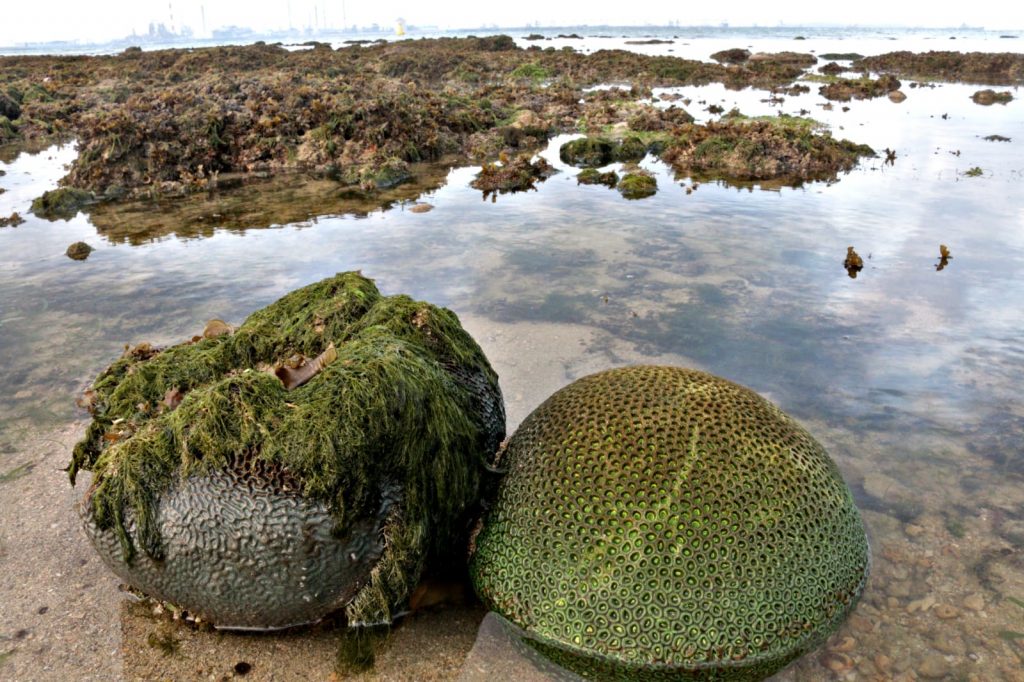
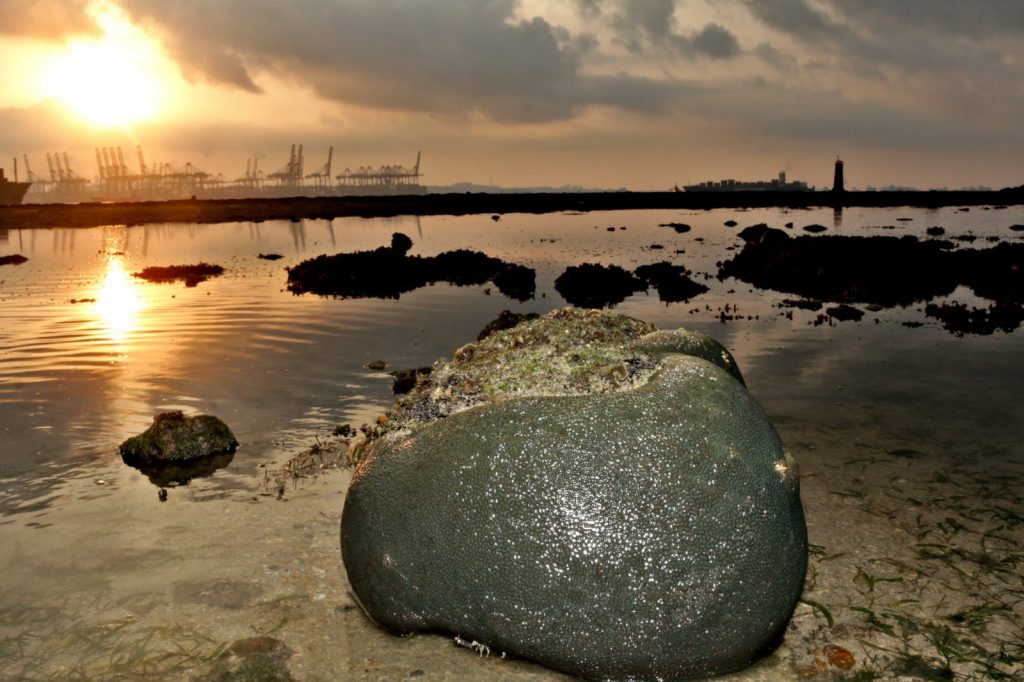
My moment happens when I take my first dive and learn that all it takes is two seconds to feel alive.
In between leaping from the deck of the boat and plunging into the cerulean sea, with one hand firmly pressed over my regulator and mask to ensure they don’t slip off my face, I taste the sweet exhilaration of temporarily defying gravity—a moment that also seizes me with a lick of pure fear.
I anticipate my landing while in limbo. When I crash feet first through the surface, the mass of bubbles teeming around my face briefly muffles all sound and sight, rendering the sea’s depths even more infinite. The silence is punctuated only by my own breathing as I begin inhaling through my regulator. It takes me another two seconds to resurface.
I gather with the rest of my group on the surface before we once more dive into the deep blue. In total, we do five dives on this trip, each more liberating than the next. My group and I are all amateur swimmers, so our bodies and minds take awhile to become familiar with the immensity that envelops us.
Like the daunting task of beginning an uphill battle with environmental conservation, the first step is knowing what you don’t know. Then, take it one task, one action, and one mini change at a time.
Similarly, I am taught to count in twos to steady my breathing underwater. Every other second, I take a breath, then 10 more; it’s a simple action but it calms me completely. Before I know it, I’ve succumbed to the tug of the sea. The first rule we’re taught in diving is to keep breathing, even in surrender.
Once this new way of breathing becomes second nature, we can pay attention to the coral reefs and marine life. Each creature my instructor spots is more weird and wonderful than the last; I am both awestruck at how much I do not know about the sea and melancholic that I might never learn enough about it before its inhabitants become endangered.
In the meantime, I force myself to stay present.
1, 2, 1, 2, 1, 2.
The whole new world that lures many divers back from land unfolds before my eyes. As I swim deeper and breathe steadier, I finally understand the compelling urge to protect it at all costs.


Please check out Project IsLand-A-Hand (PIAH). It’s a ground-up project initiated by the Outward Bound Singapore alumni, and provides a unique volunteering opportunity for nature enthusiasts to give back to the environment while networking with fellow like-minded youth.
All youth above the age of 13 are welcome to join to show their appreciation for the environment but if you’re below 13, you are also welcome to join so long as you’re accompanied by an adult. At the same time, they will learn how to protect natural bio-diversity and serve as advocates for environmental stewardship.

